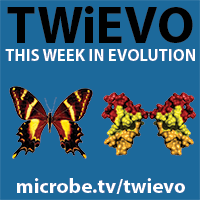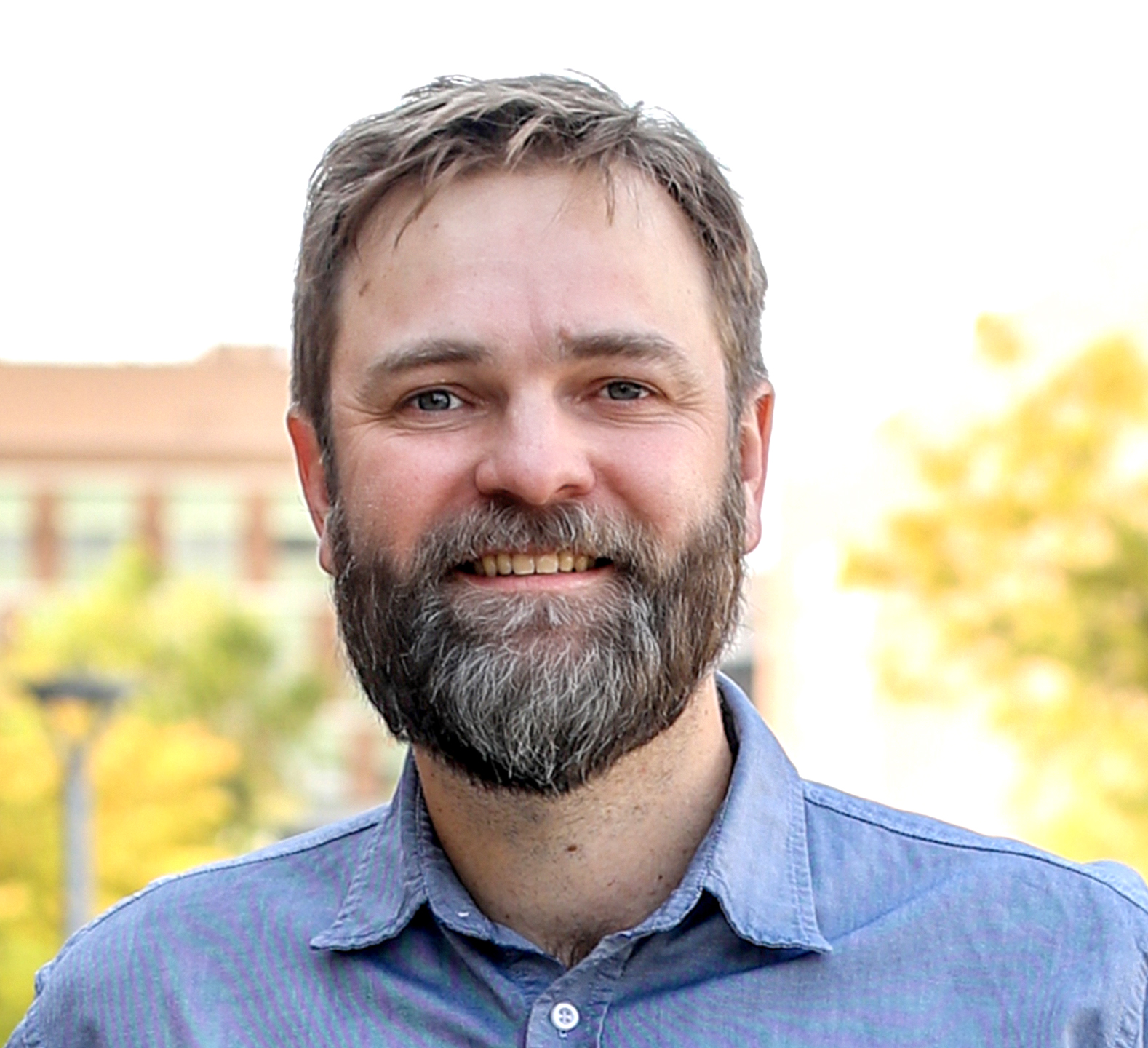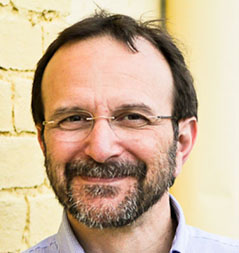Nels and Vincent reveal how introns – the parts of pre-mRNAs that are removed by splicing – were generated by DNA transposons in two different picoeukaryotes.
Nels and Vincent speak with Hopi Hoekstra about her career and the work of her laboratory on developmental mechanisms of stripe patterns in rodents.
From the Microbial Pathogenesis Retreat of the University of Utah School of Medicine, held at the Utah Museum of Natural History, Nels and Vincent speak with faculty members about their work on bacteria, fungi, viruses, and mirror-image biochemistry.
Corrie Moreau joins Nels and Vincent to talk about her comparative analysis of the genomes of mutualist ants that nest in plants, and non-symbiotic species.
Josh joins Nels and Vincent to talk about his research on the evolution and conservation of aquatic tropical biodiversity, and the historical ecology of 19th century American Whalers.
Nicole joins Nels and Vincent to discuss the finding of her laboratory that multicellular development of choanoflagellates, the closest living relatives of animals, is regulated by bacterial lipids.
Nels and Vincent review experiments showing that the replacement of a pale moth with a black one during the industrial revolution was caused by a transposable element.
Nels and Vincent speak with Jim Bull about the results of genetic models which suggest that the evolution of inbreeding in response to lethal gene drive might make population control difficult to achieve.
Nels visits Vincent in the MicrobeTV studio in New York and talks about how key genes of the Homo sapiens innate immune response were acquired from Neanderthals.
Mike joins Nels and Vincent to talk about his work on what controls whether pigeons have scaly or feathered feet, and reveals that the hindlimbs of domestic birds with feathery feet are more like wings at the molecular level.



